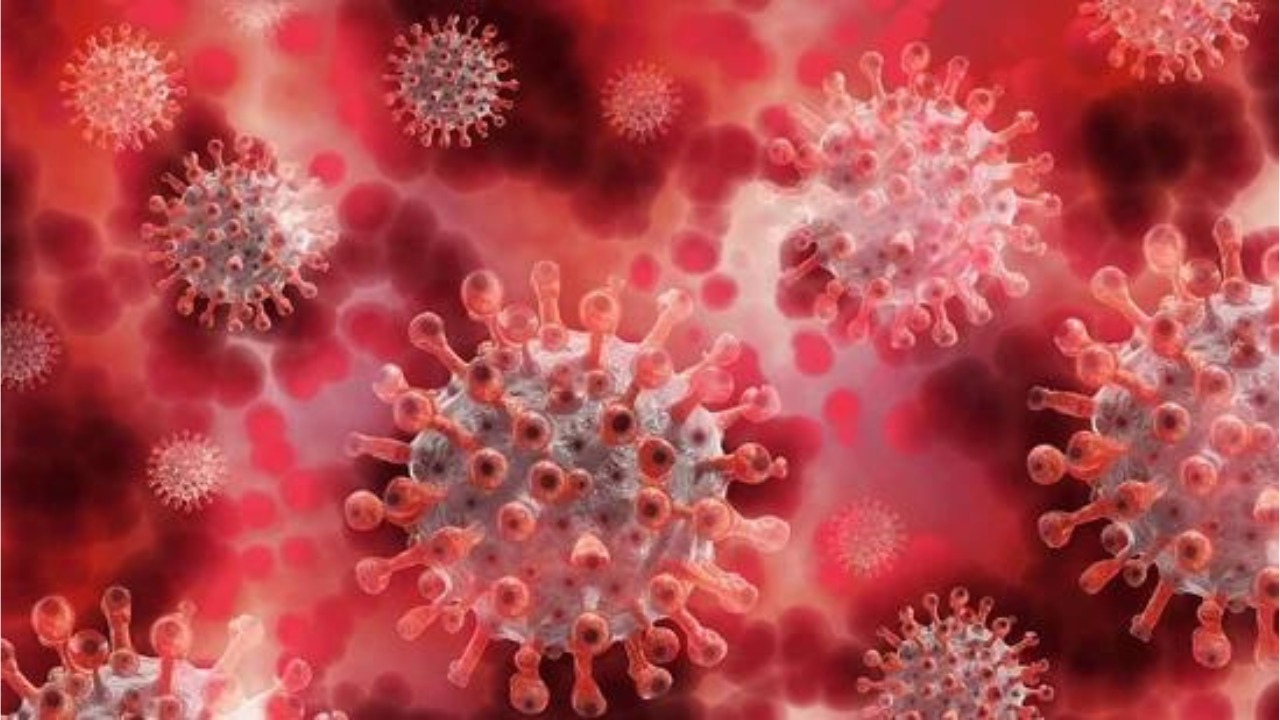As summer approaches, concerns about a COVID-19 surge driven by new FLiRT variants are rising. These variants, including KP.2 and JN.1.7, have mutations that help the virus evade immunity while improving its ability to infect cells. Despite potentially increasing case numbers, the impact on severe outcomes is expected to be lower due to stronger population immunity from vaccinations and prior infections. High-risk groups remain particularly vulnerable, underscoring the importance of continued vigilance and protective measures (JHSPH).
Variants Driving Mild Upticks in COVID-19 Hospitalizations: A New Norm?
The US, UK, and Germany are experiencing mild increases in COVID-19 cases and hospitalizations this summer due to new FLiRT variants. In the US, emergency room visits rose by over 23% from June 16 to June 22, with COVID-related deaths up by 14.3%. Despite these rises, the percentage of total deaths from COVID remains low at 0.8%, and indicators are still far below previous surges. In the UK, COVID hospitalizations in England increased by around 20% in June. Experts suggest that such fluctuations are now typical as COVID-19 is not yet seasonal.
Are we seeing a global surge in COVID cases?
Ziyad Al-Aly, a COVID physician-scientist at Washington University in St. Louis, US, said we should take the rise in hospitalizations seriously, as it’s “always wise to prepare for the worst and hope for the best.” “The uptick in the US was preceded by a COVID wave in Singapore. Unfortunately, a lot of countries are not tracking and reporting these metrics. So we are flying blind,” Al-Aly told DW via email.
COVID Hospitalizations Remain Low Despite Uptick from FLiRT Variants
COVID-related hospitalizations, while slightly rising due to new FLiRT variants, are still significantly lower than last winter. The severity of infections also appears lower, as noted by Professor Paul Hunter from the University of East Anglia. Hunter emphasized that fluctuations in COVID cases are now a normal part of life, as “SARS-CoV-2 will likely be with us for generations.” The recent rise in cases is attributed to FLiRT variants, which include subvariants like KP.2, KP.3, and JN.1.7.1, named for specific mutations.







